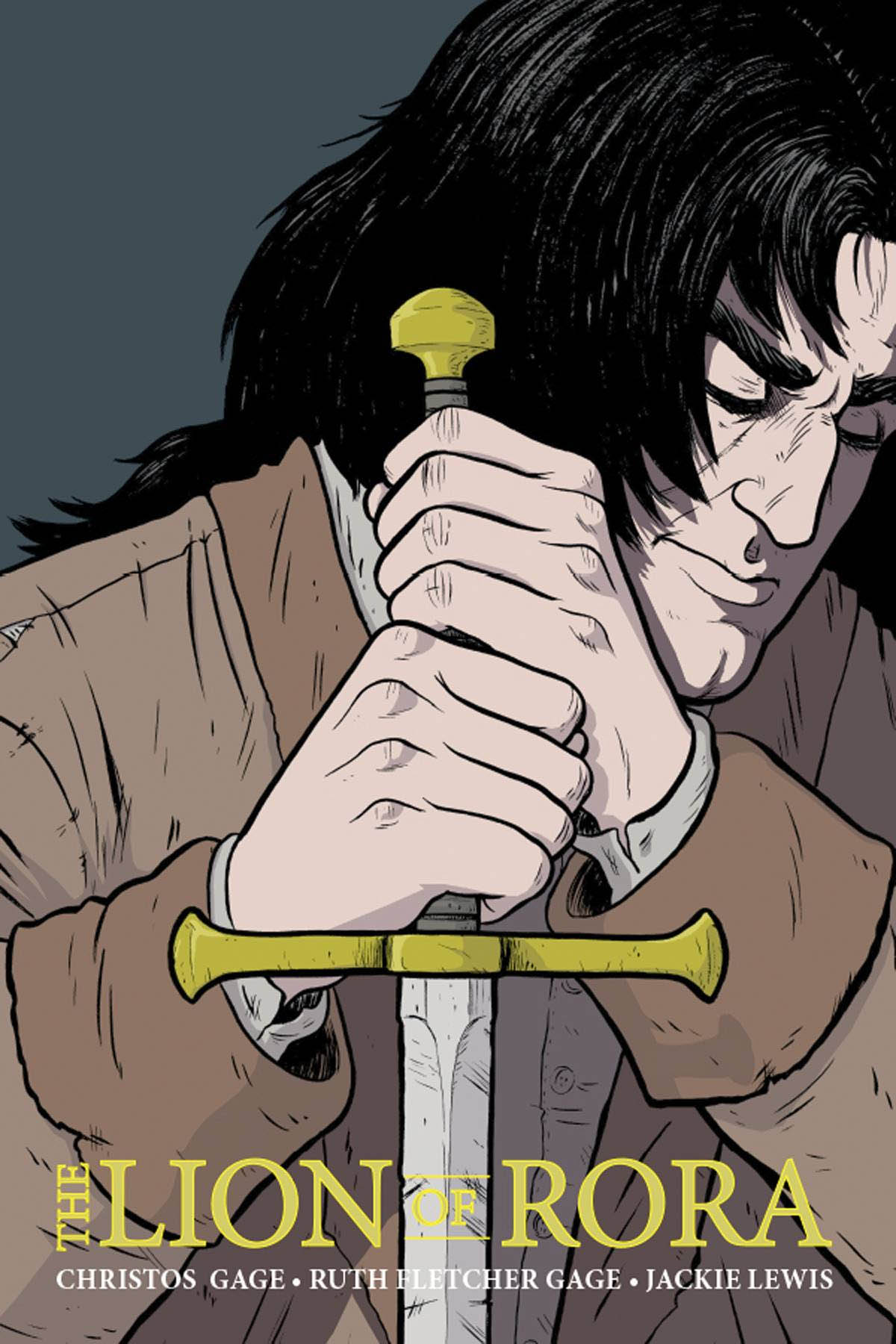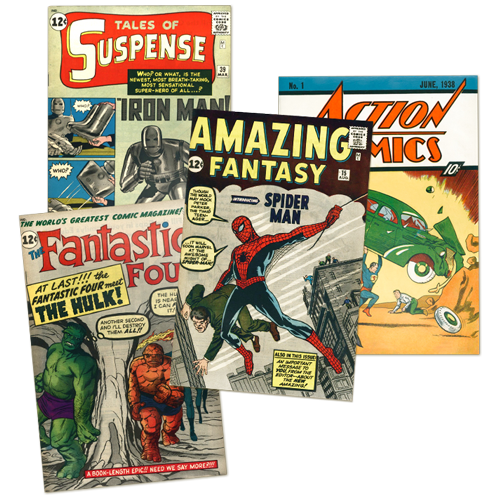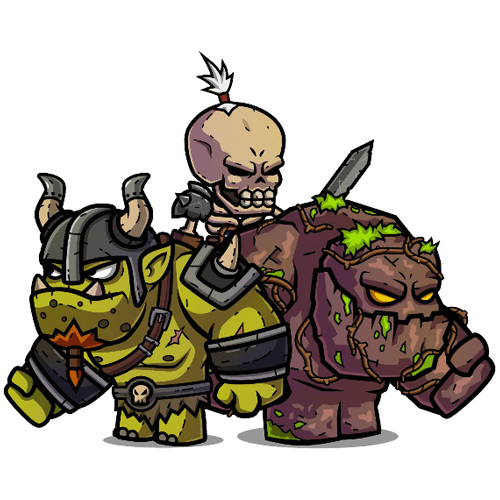Indie Reviews: Lion of Rora
The major comic companies get enough reviews and press, it’s time for the creator-owned and indie series to get some love and judgment. Indie review takes up-and-coming indie and creator-owned series and puts them through the review process so you can confidently support the best of the small press and passion driven projects in the comic industry.

The Info Bit
Title:
The Lion
of Rora
Genre/s:
Historical
Fiction
Writer:
Ruth
Fletcher Gage and Christos Gage (Buffy
the Vampire Slayer, Amazing Spider-Man)
Penciler:
Jackie
Lewis ( Play Ball
, Jam: Tales From The World of Roller Derby.)
Letterer:
Jenny
Vy Tran
Publisher:
Oni
Press
Number of Issues:
Graphic
Novel
Page Count:
184
Price:
$24.99
The Review Bit
At a glance The Lion of Rora is a book about overcoming religious oppression, and is tale of the history of the Waldensians. However it is in truth much more, as it becomes an epic tale of action that shows honorable men fighting for basic freedoms in a time where such things were only held by the rich and powerful. It details a very interesting time in history that many might not be familiar with, while making the events incredibly exciting for readers of all types.
The story follows Joshua Janavel, a young Waldensian from the Savoy region of the French/Italian alps in the 17th century. While the comic begins with a short background of his youth and the religious oppression thrown upon the people of the Waldensian protestant faith, the core of the story is how this young man became an iconic figure called the Lion of Rora. As the book’s namesake, Joshua Janavel, was man from Rora who fought for his people’s right to hold faith and practice religion in the Waldensian protestant denomination. Playing the antagonist was the Duke of Savoy, an easily manipulated but not fully villainous figure, controlled by his more selfish associates, particularly an unnamed marquis.
Joshua plays a strong and relatable rebel, unwilling to bend the knee as many of his fellow men have for the sake of not being disturbed in their practices. Reader’s interest in the character, despite their views on religion or the like, will quickly grow as Joshua proves himself an honorable hero fighting for basic rights many of us now take for granted. The first major event of this tale, where Joshua shines, depicts the Piedmontese Easter in a surprisingly tame showing of the massacre that took place in the valley near Rora. However, do not let the non-graphic panel depictions by Lewis lead you to believe that the book glances over the atrocities or weight of the event. Readers will quickly side with Joshua Janavel and his Waldensian followers as the brutality and ill justifications of the Savoy soldiers are shown, underneath the command of the Duke’s right hand man, the marquis. Through his unforeseen success in fighting back career soldiers, Janavel rises to being the reluctant General of the surviving and willing Waldenses that look to repel their oppressors and fight for their land. Janavel also plays the benevolent protagonist that is, once again, very easy to support as he is fighting a battle against oppressive rule but not looking to oppress or hurt the innocents himself. He makes just decisions that prove him a worthy hero in the reader’s eyes, while the villains continue to grow darker in their decisions and attempts to squash the Waldensian rebellion.
The story quickly builds speed as it races to a climax in Joshua’s time as a Waldensian rebel, even though the span of history this story contains is quite a few years. It makes for some very exciting moments, as danger looms and Joshua overcomes with his people. However, not all victories come with the desired outcome, and this story is a perfect example of such as history proved. Yet it still shares a brilliant message that will make you want to stand up for what is right and admire the historical figure that is Janavel.
The Gages wrote a stunning tale that sucks you in more and more as you turn each page. The excitement and adventure of it all becomes quite breathtaking towards the end, to a degree that you almost couldn’t believe it was based upon historical facts. There are times, however, where the story seems to play into a common err in story telling that makes for better pace in that messages and travel time are shortened to a near speed of light, with troops and letters moving between villages in mere moments. An example of this comes when Janavel’s men raid a fortress, with the Marquis and Duke being informed immediately so they might send troops to Rora to attack Janavel’s unguarded wife. As these Savoy soldiers attack Janavel’s house, during the raid on the fortress, Janavel receives word and makes it home just in time to chase off the Savoy soldiers. It’s almost as if messages were sent through mobile text and troops could teleport, but it never-the-less makes for a very quick and intense scene, with high risk involved for the main character.
One of the more wonderful additions to the graphic novel, that I found truly amazing, was the Further Reading section included at the end. As someone who entered this graphic novel with zero knowledge on the subject matter, both Gages drew me in so heavily I felt inclined to learn more. Thankfully this section of the book shows several information sources in which readers can track down more about these historical figures and events. This isn’t a highly common addition to historical fiction comics, but it really should be.
On the art end we see a rather wonderful 170+ pages done entirely by Jackie Lewis. While the art is sometimes inconsistent, it is always brilliant in displaying emotion, particularly across facial expressions. Lewis’ art style reminds me of several creators and works associated with Oni, including the art of Bryan Lee O’Malley. In moments it can be somewhat simple, with sometimes empty panel backgrounds that force you to focus on the talking heads, but this also leads your eyes to the right part of the story. At other times, Lewis’ vast array of unique faces/visual characters makes for a great cast that spans countless numbers and is more like a live action film hiring extras rather than the traditional animation or comic art which will feature less detailed masses to depict crowds. The art for The Lion of Rora is in Black and White, which helped make some of Lewis’ more detailed line work stand out greatly. In fact, there are many moments and panels within the graphic novel that are so visually powerful they still stand out vividly in my memory. However I only wish her art held that consistency in every panel. But even with this said it is visually great and works wonderfully with the tale being told.
The Rating Bit
The Lion of Rora is an amazing tale filled with unexpected action, strong moral points, and a wonderful bit of education on an often over looked piece of history. It is comparable to some of the best pieces of historical fiction in film and literature, with a great bit of thrilling pace that will keep you turning pages. Without hesitation I can rate this graphic novel a 9 out of 10, and highly implore you to give it a read.







